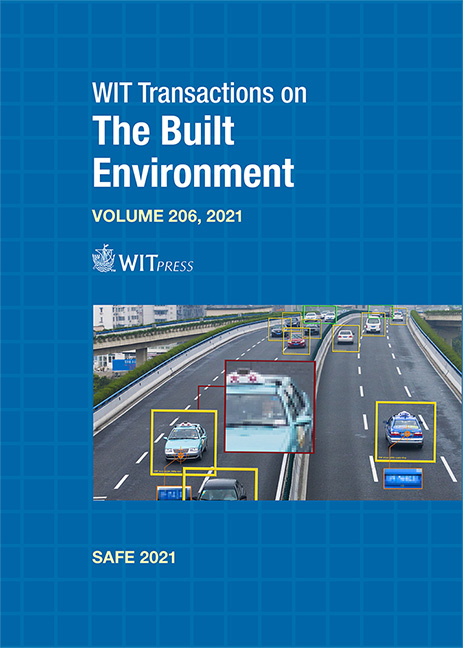BEHAVIOR OF ACTIVE AND PASSIVE NOISE REDUCTION PERSONAL PROTECTIVE EQUIPMENT: A CASE STUDY IN A LIMESTONE QUARRY PLANT
Price
Free (open access)
Transaction
Volume
206
Pages
14
Page Range
213 - 226
Published
2022
Paper DOI
10.2495/SAFE210181
Copyright
Author(s)
GUIDO ALFARO DEGAN, ANDREA ANTONUCCI, GIANLUCA COLTRINARI, DIEGO ANNESI, DARIO LIPPIELLO
Abstract
In this study, an estimation of the behavior of three different passive and active personal ear protection equipment was done in order to evaluate their performances when used in a limestone quarry plant. Twenty measure points were chosen for the characterization of the noise emitted in the plant and for the calculation of the workers’ noise exposition. Starting from the data we previously measured in laboratory tests, the noise reduction curves, characteristics of each protective equipment, were calculated for different configurations or ways of using. Results show that all the protection equipment are potentially able to reduce the noise level under the lower exposure limit in all the measured positions, but in most of the cases they produce hyper-protection. Differences were found for different ways of using or settings. When earplugs are not properly inserted, the noise could overcome 80 dB(A) in some of the points of our case study. When active earplugs are set to the maximum volume, the provided protection wasn’t found to be sufficient in all of the noisier points of the plant. In some cases, depending on the spectra and amplitude of the external noise, the sound produced by active earplugs can also be higher than that measured in the external environment. On the contrary, when the earplugs are set on the middle volume, the protection was found to be always optimal. Since noise passing through active earplugs can be attenuated or amplified according to the amplitude of the external noise, the perceived sound is much more homogeneous, especially when passing across points at different noise levels, compared to that provided using passive earplugs. In conclusion, active earplugs, when properly set, could be the better choice, especially in those cases in which workers need to move across points at different noise levels. However, important is to correctly estimate the external noise and the properties of the active earplugs in order to give instruction to workers for their correct settings, so as to avoid both the hyper- than the under- protection.
Keywords
active earplugs, quarry noise, ear muffles, noise protection, noise risk, personal protective equipment





